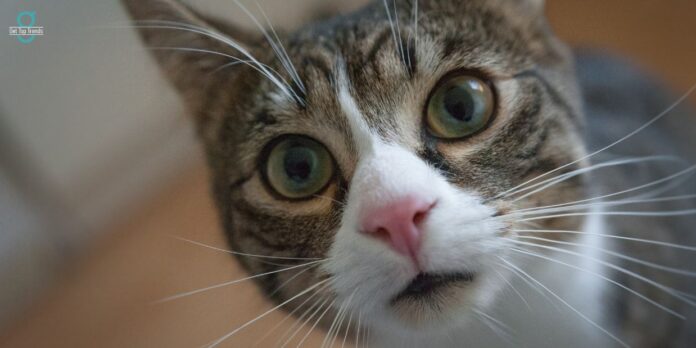Cats are known for their meticulous grooming habits, spending a significant portion of their day cleaning themselves. However, when overgrooming in cats escalates to excessive grooming, it can cause concern.
Overgrooming in cats, also known as psychogenic alopecia, can cause skin allergy, hair loss, and discomfort for your feline friend.
This blog will explore the reasons for cats overgrooming and strategies to help stop this behaviour. Let’s explore.
1. Stress and Anxiety
One of the primary reasons behind a cat overgrooming behaviour is stress and anxiety. Cats are sensitive creatures, and changes in their environment, routine, or the presence of new pets can trigger stress.
Overgrooming in cats can be a coping mechanism akin to humans biting their nails when anxious. Identifying and addressing the sources of stress can significantly reduce overgrooming.
2. Allergies
Whether food-related or environmental, allergies can lead to skin irritation and itching in cats. In response, they may groom excessively to alleviate the discomfort, called cat overgrooming.
Common allergens include specific proteins in cat food, pollen, dust mites, and even some household cleaning products. To examine this overgrooming behaviour or overgrooming cat treatment, Consult your veterinarian to determine if allergies contribute to your cat overgrooming and establish an appropriate management plan.
3. Parasites
Fleas, ticks, and mites can infest a cat’s fur and skin, causing intense itching. In an attempt to alleviate the irritation, cats may overgroom, leading to hair loss and skin damage.
Regular flea prevention and routine veterinary check-ups can help promptly identify and treat parasite-related issues.
4. Medical Conditions
Several medical conditions can contribute to overgrooming in cats. These include hyperthyroidism, skin infections, pain due to arthritis or other ailments, and hormonal imbalances.
It’s essential to have your cat evaluated by a veterinarian if overgrooming persists to rule out any underlying medical causes.
5. Behavioral Issues
Cats are creatures of habit, and specific behavioural issues can manifest as overgrooming. Boredom, frustration, or seeking attention can lead to excessive grooming. Providing ample environmental enrichment, interactive playtime, and maintaining a consistent routine can help address these behavioural concerns.
How to Stop Cat Overgrooming

1. Consult a Veterinarian: Before attempting any interventions, consult your vet to sort out underlying medical causes. Your vet can help identify any medical issues and recommend appropriate treatments.
2. Provide Enrichment: Engage your cat’s mind and body with interactive toys, scratching posts, and puzzle feeders. Mental and physical stimulation can divert their attention from overgrooming.
3. Environmental Comfort: Create a calm and secure environment for your cat. Provide cosy hiding spots and comfortable bedding, and ensure they have a designated space to retreat when stressed.
4. Grooming Assistance: Regularly groom your cat to remove excess fur and distribute natural oils. This can prevent excessive hair ingestion during grooming, possibly contributing to overgrooming.
5. Behavioral Modification: If stress or anxiety triggers overgrooming, use pheromone diffusers or sprays to create a soothing atmosphere. Behaviour modification techniques, such as positive reinforcement for calm behaviour, can also be effective.
6. Medication: In severe cases, your veterinarian might recommend anti-anxiety medications or other prescriptions to alleviate stress and reduce overgrooming.
Conclusion
Overgrooming in Cats can be for various reasons, and identifying the underlying cause is crucial for effective management. Whether it’s stress, allergies, medical issues, or behavioural concerns, addressing the root cause can significantly reduce overgrooming and improve your cat’s quality of life.
By working closely with your veterinarian and implementing the strategies mentioned, you can help your feline companion lead a happier and healthier life.
Don’t forget to read top killing tips on how to be a Responsible cat owner.


